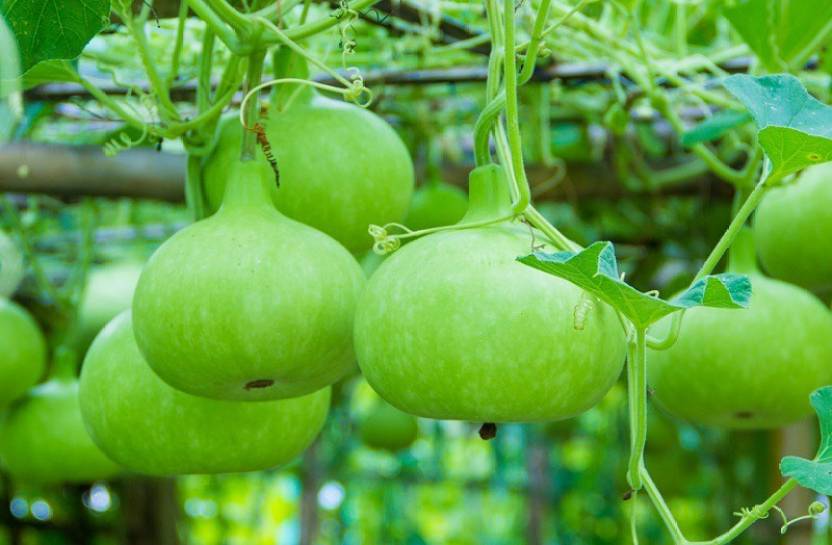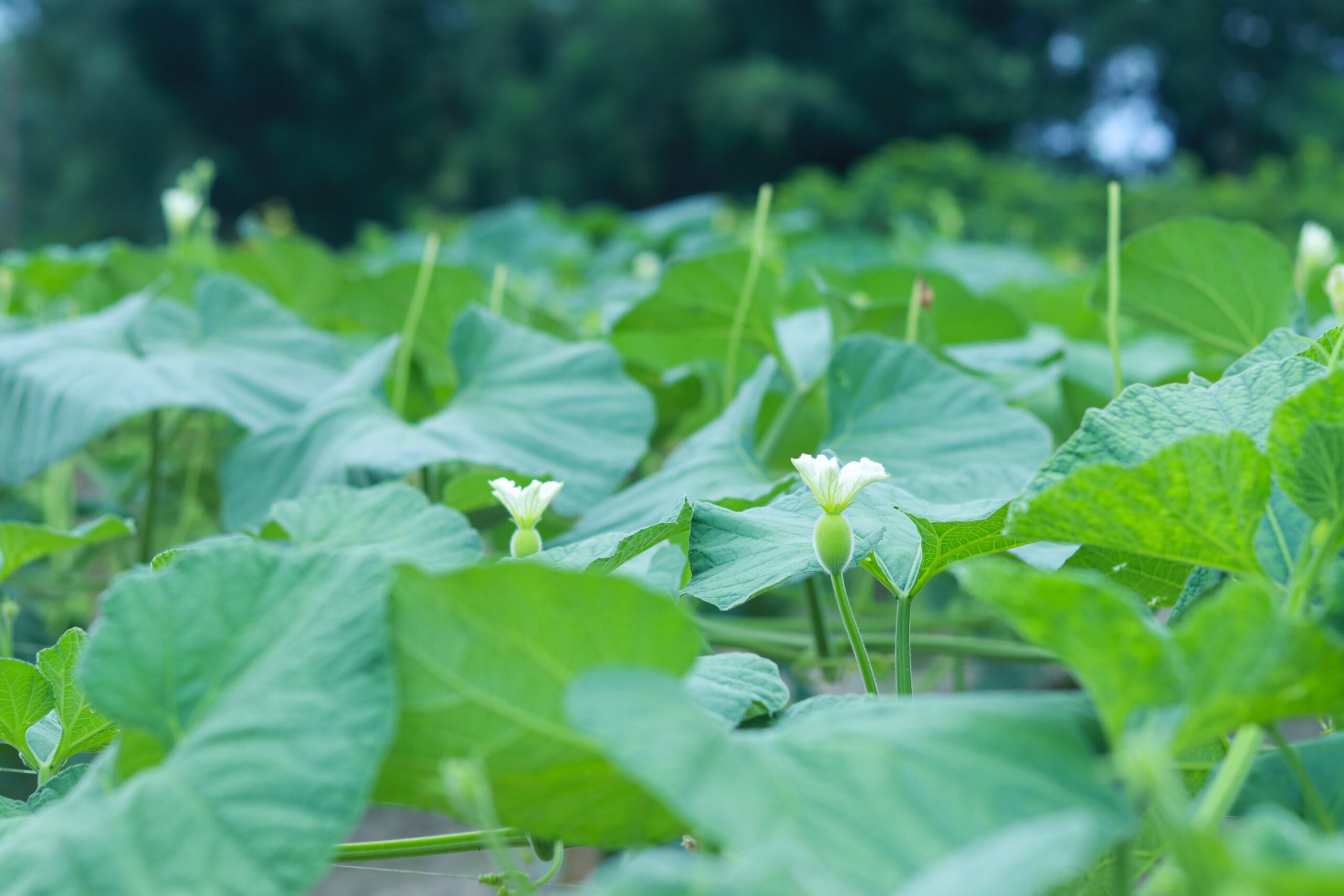Benefits of Organic Bottle Gourd Cultivation: Enhancing Sustainability and Health
Organic bottle gourd cultivation is gaining popularity among home gardeners due to its numerous benefits. Not only does it enhance sustainability, but it also promotes better health. By choosing to grow bottle gourds organically, gardeners can contribute to a healthier environment and enjoy the nutritional advantages of this versatile vegetable.
One of the primary benefits of organic bottle gourd cultivation is its positive impact on sustainability. Organic farming practices prioritize the use of natural fertilizers and pest control methods, reducing the reliance on synthetic chemicals. This helps to preserve soil health and prevent water pollution, making it a more environmentally friendly option. By cultivating bottle gourds organically, home gardeners can actively participate in sustainable agriculture and contribute to the overall well-being of the planet.
In addition to its sustainability benefits, organic bottle gourd cultivation also promotes better health. When grown organically, bottle gourds are free from harmful pesticides and chemical residues. This means that the vegetables are safer to consume, reducing the risk of exposure to potentially harmful substances. By incorporating organic bottle gourds into their diet, individuals can enjoy the nutritional advantages of this vegetable without worrying about the negative effects of chemical contamination.
Furthermore, organic bottle gourds are rich in essential nutrients that are beneficial for overall health. They are a good source of vitamins A, C, and E, as well as minerals like calcium, magnesium, and potassium. These nutrients play a crucial role in maintaining a healthy immune system, promoting bone health, and supporting proper bodily functions. By including organic bottle gourds in their meals, individuals can boost their nutrient intake and improve their overall well-being.
Organic bottle gourd cultivation also offers the advantage of being a versatile vegetable that can be used in various culinary preparations. From soups and stews to stir-fries and curries, bottle gourds can be incorporated into a wide range of dishes. Their mild flavor and tender texture make them a versatile ingredient that can be enjoyed by both adults and children. By growing bottle gourds organically, home gardeners can have a fresh supply of this versatile vegetable right at their fingertips, allowing them to experiment with different recipes and enjoy the benefits of homegrown produce.
To successfully cultivate organic bottle gourds at home, there are a few tips that can help ensure thriving gardens. First and foremost, it is important to choose the right variety of bottle gourd seeds that are suitable for the local climate and growing conditions. This will increase the chances of successful cultivation and a bountiful harvest. Additionally, providing adequate sunlight, water, and well-drained soil are essential for the healthy growth of bottle gourds. Regularly monitoring for pests and diseases and taking appropriate measures to control them organically will also contribute to the success of the cultivation.
In conclusion, organic bottle gourd cultivation offers numerous benefits for home gardeners. By choosing to grow bottle gourds organically, individuals can contribute to sustainability efforts and promote better health. The nutritional advantages of organic bottle gourds, combined with their versatility in culinary preparations, make them a valuable addition to any home garden. By following the tips for successful cultivation, home gardeners can enjoy a thriving garden and reap the rewards of their organic bottle gourd harvest.
Essential Tips for Successful Organic Bottle Gourd Cultivation in Home Gardens

Organic gardening has gained popularity in recent years as people become more conscious of the impact of chemicals on their health and the environment. One vegetable that is commonly grown in home gardens is the bottle gourd. This versatile vegetable is not only delicious but also packed with nutrients. If you are considering growing bottle gourd in your own garden, here are some essential tips for successful organic cultivation.
First and foremost, it is important to choose the right variety of bottle gourd for your garden. There are several different types available, each with its own unique characteristics. Some varieties are better suited for smaller gardens, while others are more suitable for larger spaces. It is also important to consider the climate in your area, as some varieties are more tolerant of heat or cold than others. Researching and selecting the right variety will greatly increase your chances of success.
Once you have chosen the variety, it is time to prepare the soil. Bottle gourd plants prefer well-drained soil that is rich in organic matter. Before planting, amend the soil with compost or well-rotted manure to improve its fertility. This will provide the plants with the necessary nutrients for healthy growth. It is also a good idea to perform a soil test to determine the pH level of your soil. Bottle gourd plants prefer a slightly acidic soil with a pH between 6.0 and 6.8. Adjusting the pH if necessary will ensure optimal growth.
When it comes to planting bottle gourd, timing is crucial. These plants are warm-season crops and require a long growing season to reach maturity. In most regions, it is best to start the seeds indoors about 4-6 weeks before the last frost date. This will give the plants a head start and allow them to establish strong root systems. Once the danger of frost has passed and the soil has warmed up, the seedlings can be transplanted into the garden. Be sure to space the plants properly to allow for adequate air circulation and prevent the spread of diseases.
Watering is another important aspect of bottle gourd cultivation. These plants require regular watering, especially during dry spells. However, it is important to avoid overwatering, as this can lead to root rot and other problems. A good rule of thumb is to water deeply once or twice a week, depending on the weather conditions. Mulching around the plants will help retain moisture in the soil and reduce weed growth. It is also a good idea to water the plants in the morning to allow the foliage to dry before evening, which can help prevent fungal diseases.
As the bottle gourd plants grow, they will need support to prevent the fruits from touching the ground. This can be achieved by providing a trellis or other support structure for the vines to climb. This not only helps keep the fruits clean and free from rot but also saves space in the garden. Regular pruning of the vines will also help promote better air circulation and prevent the spread of diseases.
Finally, it is important to monitor the plants for pests and diseases. Bottle gourd plants are susceptible to a variety of pests, including aphids, cucumber beetles, and squash bugs. Regularly inspecting the plants and taking appropriate action at the first sign of trouble will help prevent infestations from getting out of control. Organic pest control methods, such as handpicking pests or using insecticidal soaps, can be effective in managing these problems.
In conclusion, growing bottle gourd in your home garden can be a rewarding experience. By following these essential tips for successful organic cultivation, you can enjoy a bountiful harvest of this versatile vegetable. Remember to choose the right variety, prepare the soil properly, provide adequate support, and monitor for pests and diseases. With a little care and attention, your bottle gourd plants will thrive and provide you with delicious and nutritious fruits all season long.
Organic Pest Control Methods for Bottle Gourd Cultivation: Protecting Your Home Garden
Organic Pest Control Methods for Bottle Gourd Cultivation: Protecting Your Home Garden
When it comes to cultivating bottle gourds in your home garden, one of the biggest challenges you may face is dealing with pests. These tiny invaders can wreak havoc on your plants, causing damage and reducing your harvest. However, there are several organic pest control methods you can employ to protect your bottle gourd plants and ensure a thriving home garden.
One of the most effective ways to control pests in your bottle gourd cultivation is through companion planting. By strategically planting certain plants alongside your bottle gourd plants, you can naturally repel pests and create a more balanced ecosystem in your garden. For example, planting marigolds near your bottle gourd plants can deter aphids, nematodes, and other harmful insects. Similarly, planting herbs like basil, mint, or rosemary can help repel pests such as beetles and flies.
Another organic pest control method for bottle gourd cultivation is the use of natural predators. Introducing beneficial insects into your garden can help keep pest populations in check. Ladybugs, lacewings, and praying mantises are all natural predators that feed on common bottle gourd pests like aphids and caterpillars. You can attract these beneficial insects by planting flowers that provide nectar and pollen, such as daisies or sunflowers. Additionally, creating habitats like bug hotels or leaving patches of long grass can provide shelter for these helpful predators.
In addition to companion planting and natural predators, there are several organic sprays and solutions you can use to control pests in your bottle gourd garden. Neem oil, derived from the neem tree, is a popular organic pesticide that can effectively control a wide range of pests, including aphids, whiteflies, and mites. Simply dilute the neem oil according to the instructions and spray it on your plants. Another option is a garlic spray, which can repel pests like aphids, caterpillars, and beetles. To make a garlic spray, blend garlic cloves with water and strain the mixture before spraying it on your plants.
It’s important to note that prevention is key when it comes to organic pest control. Regularly inspecting your bottle gourd plants for signs of pests and diseases can help you catch any issues early on. Removing any infected or infested plants immediately can prevent the spread of pests to healthy plants. Additionally, practicing good garden hygiene by removing fallen leaves and debris can eliminate hiding places for pests and reduce the risk of infestation.
Finally, promoting plant health through proper nutrition and watering can also help prevent pest problems. Healthy plants are more resistant to pests and diseases, so ensuring your bottle gourd plants receive adequate nutrients and water is essential. Avoid over-fertilizing, as this can attract pests, and instead focus on providing balanced nutrition through organic compost and natural fertilizers.
In conclusion, organic pest control methods are crucial for protecting your bottle gourd plants and maintaining a thriving home garden. Companion planting, natural predators, organic sprays, and good garden hygiene are all effective strategies to keep pests at bay. By implementing these methods and promoting plant health, you can enjoy a bountiful harvest of delicious bottle gourds while minimizing the use of harmful chemicals in your garden.

